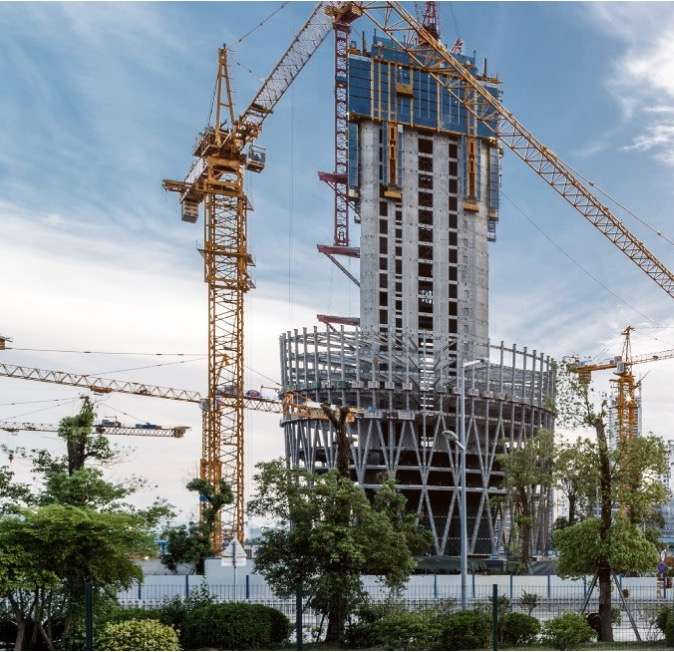Money talks—and today, when it comes to the building industry, that money conversation frequently involves the worlds of green finance and ESG. What is green finance? How does it work? Why is it becoming so important to building industry leaders? Those are some of the questions we address in USGBC’s two-part podcast series, featuring GRESB experts Chris Pyke and Sarah Welton.
In Part 1, the definitions and applicability of green finance are discussed. The conversation also features some tips on where to learn more about this rapidly growing source of funding for today’s green building industry. Welton believes that at the rate our world is looking to sustainable solutions, even the term “green finance” will be old-fashioned before we know it.
“When we talk about green finance,” says Welton, “I think in a few years we’re going to drop the ‘green.’ It’s just going to be the way we do business.” Before we reach that point, though, Welton and Pyke share how you can explore and leverage green finance options.
Part 2 explores how ESG and green finance complement each other and the action of green building, and why their relationship is so important to a financial community looking to lock in returns on its investments.
“ESG is not an end in itself. It is a tool…a critical context to how a company is governed, how it addresses social issues and how it performs on environmental issues,” explains Pyke. “What’s going on at the company and fund enables and requires action [in] buildings and spaces. In turn, buildings and spaces must deliver the performance so that companies and funds can achieve their commitments to their investors.”
Breaking down abstract topics into concrete examples, Pyke and Welton describe how relevant ESG and green finance aspects are to all who participate in green building. Both podcasts also share thoughts as to how holistic rating systems such as LEED play an important role in the transformation of our built environment.


